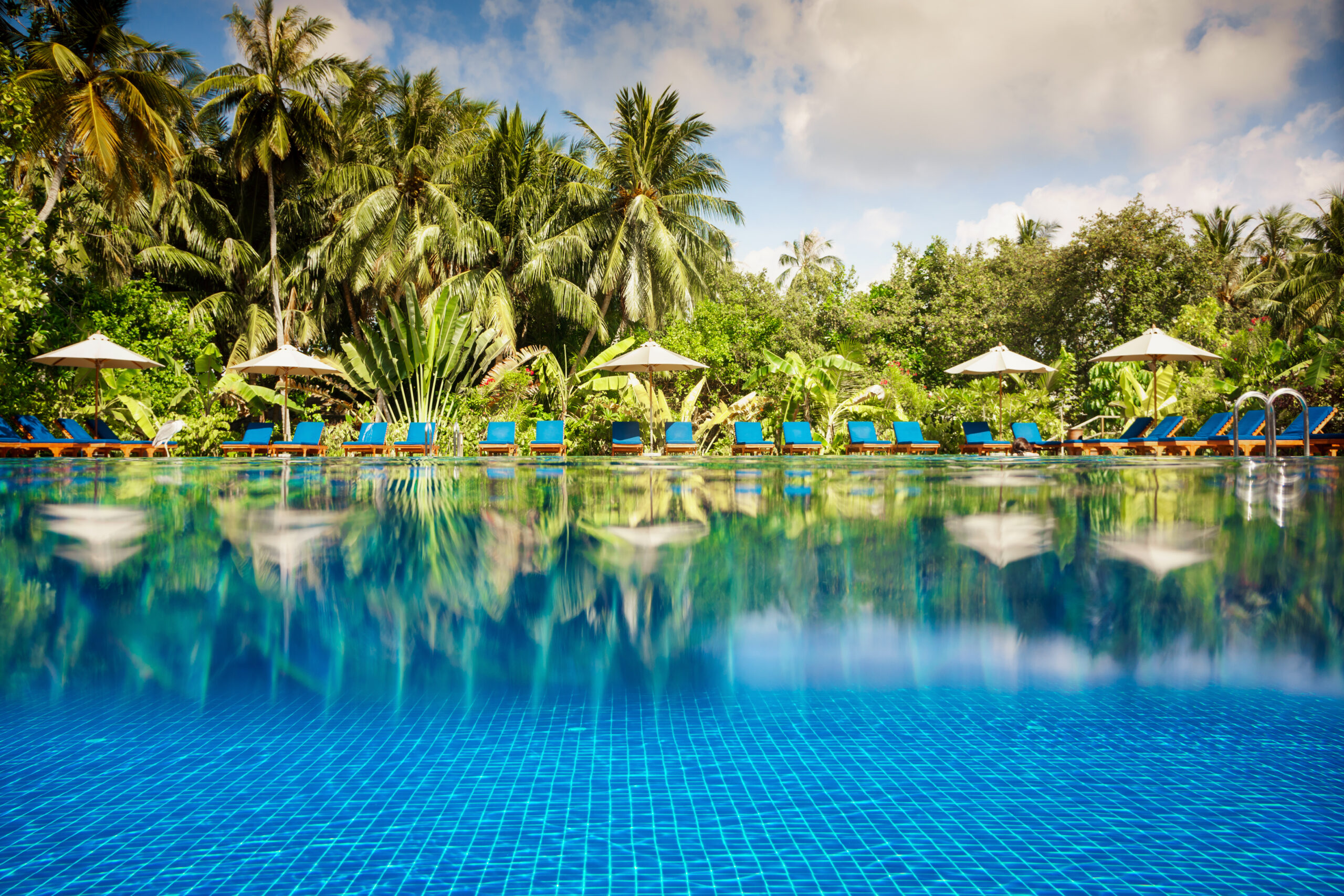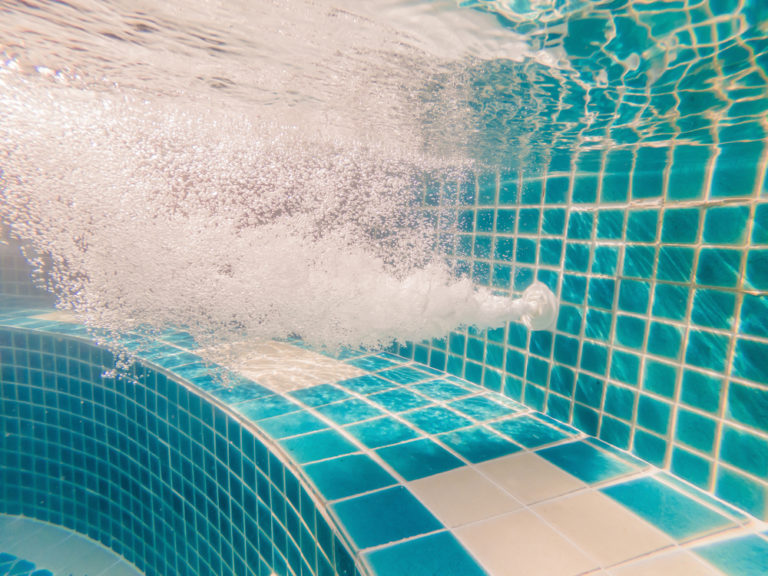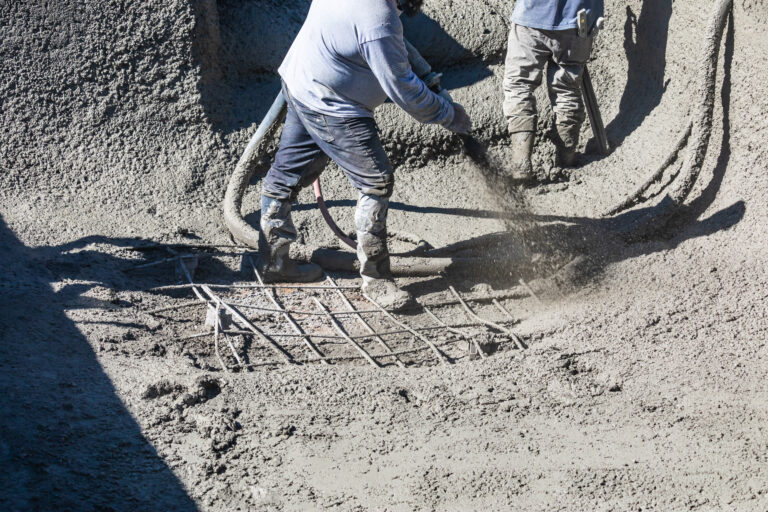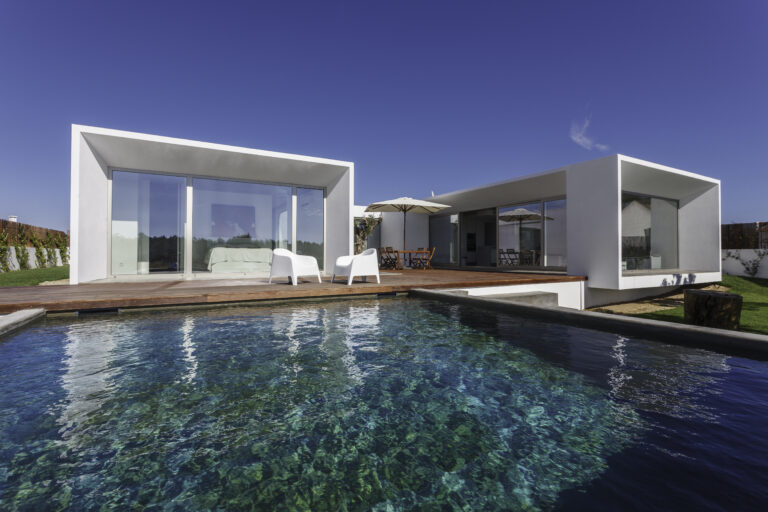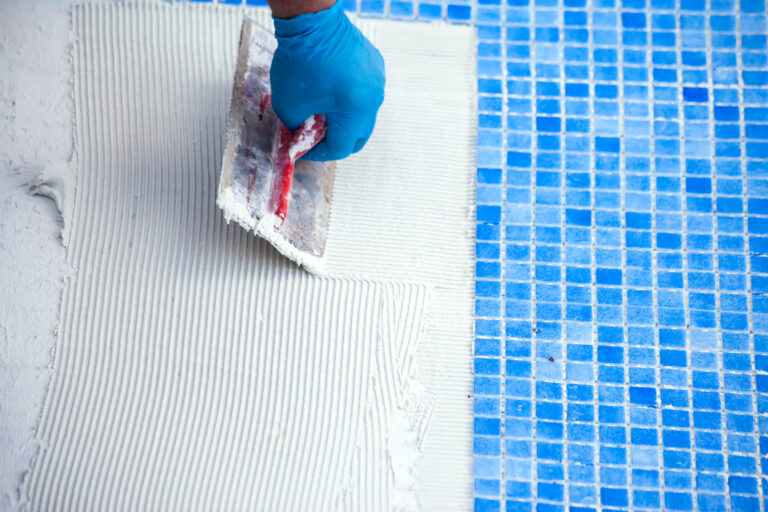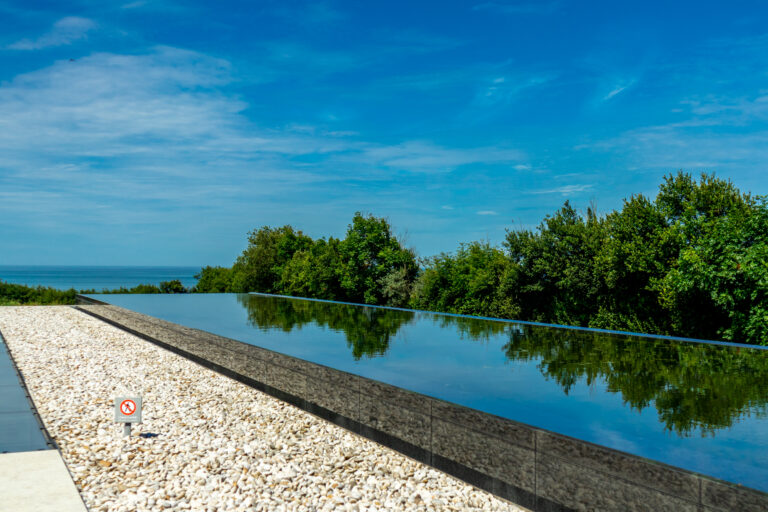Embracing Biophilic Design in Modern Swimming Pools
You’ve probably admired stunning swimming pools, but have you ever considered the impact of their design on your well-being? It’s time to dive into the world of biophilic design.
This concept integrates nature into modern pool design, promoting relaxation and peace. You’ll learn why it’s essential, how it’s implemented, and its effects on well-being.
Let’s explore some successful examples together and see what the future holds for this exciting trend in pool design!
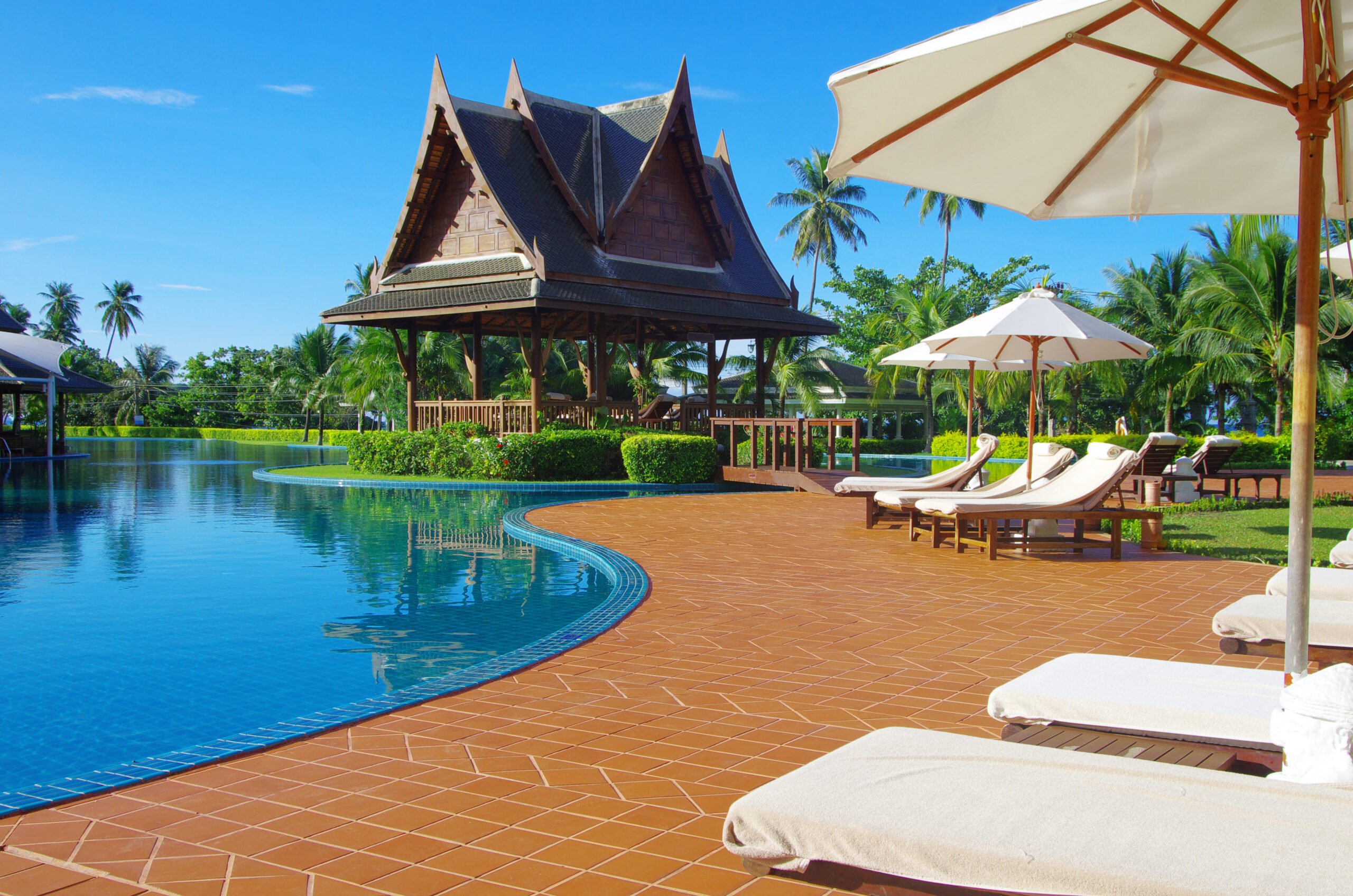
Understanding the Concept of Biophilic Design
It’s important to grasp what biophilic design is before we can fully appreciate its application in modern swimming pools. Originating from the term ‘biophilia,’ meaning love of life or living systems, biophilic design seeks to integrate nature and natural elements into man-made environments.
You might wonder, where did Biophilic Design Origins stem from? The concept was popularized by biologist Edward O. Wilson in the 1980s. He proposed that humans have a deep-seated psychological need for connections with nature and other forms of life.
So, what are the Biophilic Components? They include direct natural elements like plants, water, sunlight; indirect elements such as images of nature; and spatial characteristics that mimic natural conditions – think uneven floors or high ceilings resembling forest canopies.
Incorporating these components into your swimming pool design ensures an inviting and relaxing environment that not only looks good but also promotes well-being. You’ll notice improvements in your mood, reduced stress levels, and an overall sense of connection with the surrounding environment.
So don’t underestimate the power of biophilic design when planning your next swimming pool project!
The Importance of Biophilic Design in Modern Swimming Pools
You’re beginning to understand just how crucial it is to incorporate nature-inspired elements into contemporary aquatic structures, such as swimming pools. The benefits are immense, and they range from aesthetic appeal to biophilic cost effectiveness.
The beauty of biophilic design isn’t just in its visual appeal; it’s also in the savings you’ll enjoy in the long run. You see, by aligning with nature’s principles, you’re able to create a self-sustaining ecosystem that requires less maintenance. This translates into lower costs for cleaning materials and energy use. That’s what we mean when we talk about biophilic cost effectiveness – it makes both environmental and economic sense.
Another perk is local biodiversity preservation. When you incorporate local plants and natural filtration systems into your pool design, you help preserve local ecosystems instead of disrupting them. You contribute positively towards maintaining the balance of your local environment, fostering a healthier habitat for native species.
So don’t dismiss this as just another design trend; embracing biophilic design in modern swimming pools represents an opportunity for a sustainable future. After all, who wouldn’t want a beautiful aquatic retreat that also respects Mother Nature?
Incorporating Natural Elements Into Swimming Pool Design
You’re ready to take your pool design to the next level by incorporating natural elements.
You’ll discover how you can utilize rocks and waterfalls for an earthy touch, creating a mini paradise right in your backyard.
We’ll also delve into plant integration techniques that blend seamlessly with your pool design, enhancing not just the look but also the feel of your outdoor space.
Utilizing Rocks and Waterfalls”
Incorporating rocks and waterfalls hasn’t only become a trend but also an essential part of modern swimming pool design to mimic the natural environment. With rock formations aesthetics, you’ll see your pool transform into a picturesque oasis that’s as pleasing to the eyes as it is refreshing for the body. Not only do they provide visual charm, but they also create calming ambient noise that sets a relaxing mood.
But remember, with beauty comes responsibility. You should be aware of waterfall maintenance tips to keep it running smoothly. Regularly check for leaks, clean out debris from the pond or basin, and ensure that your pump is functioning properly. This way you can enjoy your little piece of nature without any hassle.
Plant Integration Techniques
Plant integration techniques can bring your outdoor space to life. They’re not only visually appealing, but they also help in maintaining the balance of the ecosystem. Your plant selection strategy matters a lot. You’ve got to pick plants that thrive in your local climate and soil conditions. Also, consider plants’ growth habits and how much sunlight or shade they require.
Equally important are sustainable maintenance practices. It’s crucial to use organic fertilizers and pesticides that don’t harm beneficial insects or contribute to water pollution. You should also conserve water by using drip irrigation or other efficient watering methods. These practices will ensure your plants stay healthy and vibrant while minimizing their environmental impact.
In essence, good plant integration techniques enhance both aesthetics and sustainability.
The Impact of Biophilic Design on Pool Users’ Well-being
You’ve seen how incorporating natural elements into swimming pool design can create a serene and aesthetic environment, but have you considered the impact on your well-being?
Let’s dive deeper into how enhancing wellness through nature, particularly with biophilic design in pools, can provide significant psychological benefits.
We’ll explore how the simple act of immersing yourself in such environments can boost your mood, reduce stress, and overall improve your mental health.
Enhancing Wellness Through Nature
By engaging with nature in your pool design, you’re not only enhancing the aesthetic appeal but also promoting wellness and tranquility. The benefits of biophilic architecture are numerous; it’s a pathway to achieving a serene oasis right in your backyard, while boosting your well-being.
Here’s how to incorporate nature-inspired aesthetics into your pool area:
1. Use natural stones for pool edging.
2. Add water features like fountains or waterfalls.
3. Plant lush greenery around the pool.
4. Incorporate wood elements for seating areas.
These additions boost the visual charm and evoke feelings of peace and relaxation, mirroring the calming impact of natural environments.
Biophilic Design’s Psychological Benefits
Incorporating nature-inspired elements into your living spaces can significantly reduce stress and improve mental health. Biophilic influences on architecture have been shown to foster feelings of calm, enhancing your overall well-being.
Imagine relaxing by a modern swimming pool designed with natural materials, surrounded by lush greenery. It’s easy to see how the tranquility of this environment would contribute to your peace of mind.
The impact on sustainability is another key benefit. Designing with nature in mind promotes practices that are kinder to our planet. You’re using less artificial materials and more renewable ones, reducing your carbon footprint.
So you’re not just creating a healthier space for yourself, but also making a positive contribution towards environmental sustainability.
Case Studies: Successful Implementations of Biophilic Design in Swimming Pools
Let’s delve into some case studies that showcase the successful implementation of biophilic design in swimming pools. You’ll see how these examples surmount biophilic design challenges and incorporate innovative biophilic materials.
Take, for instance, the Alnwick Garden Water Sculpture in Northumberland, UK. This unique pool is surrounded by a lush forest. Its creators faced the challenge of integrating modernity with natural elements without disrupting the balance. They used innovative materials like mirrored stainless steel which reflects surrounding trees, creating an illusion of being immersed in nature while swimming.
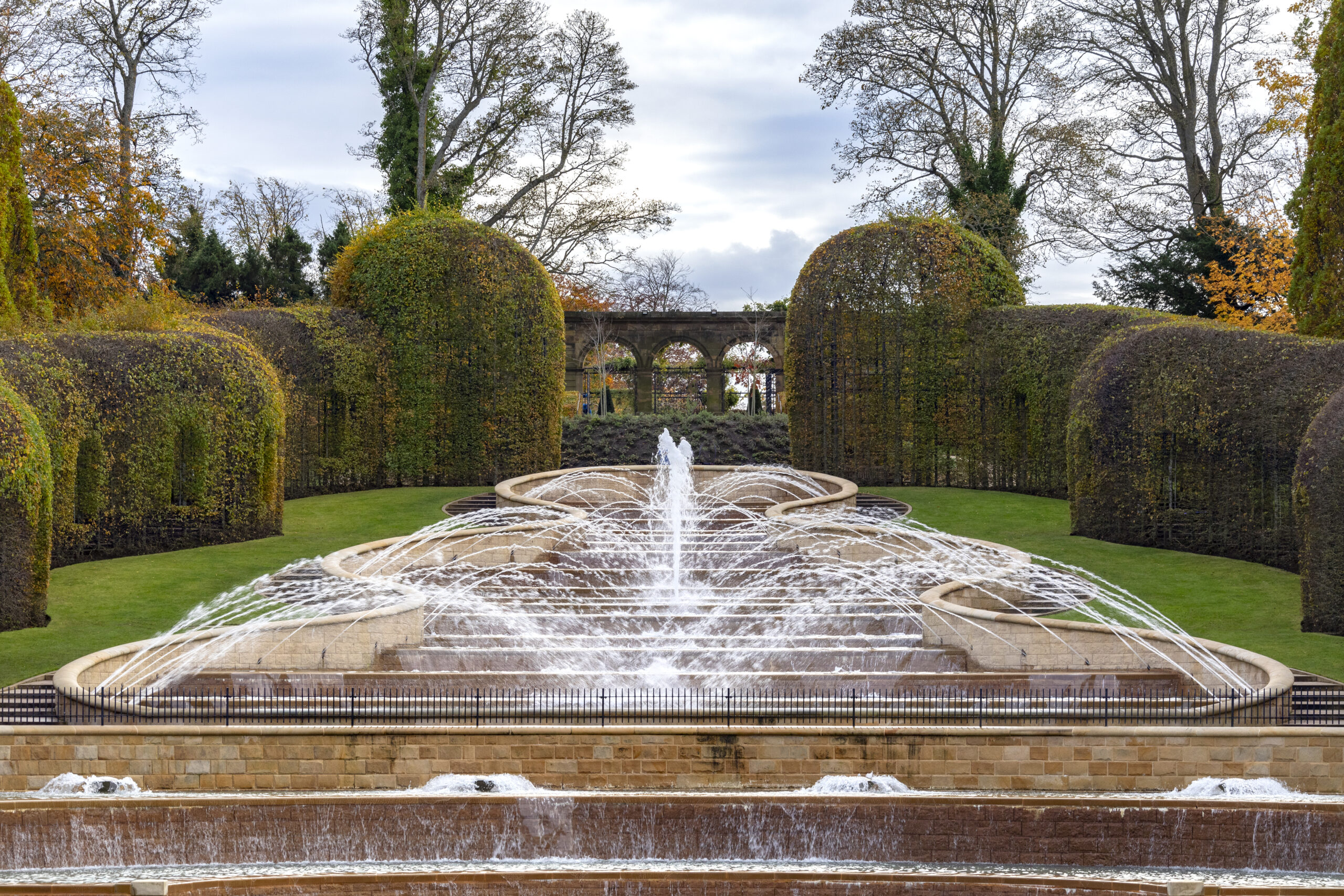
Similarly, consider the Oasis Terrace Neighbourhood Centre in Singapore. It features a rooftop pool overlooking a park. Designers tackled challenges by installing large glass panels to maximize natural light and views while maintaining privacy for swimmers.
Lastly, let’s look at Villa Nemes in Italy. The villa boasts an infinity-edge pool blending seamlessly with its woodland surroundings due to its use of local stone material.
These cases show you can overcome biophilic design challenges using innovative means and materials to create swimming pools that not only complement their environment but also enhance wellbeing through connection with nature.
Future Trends: Biophilic Design and Swimming Pools in the Coming Years
After examining successful implementations of biophilic design in swimming pools, let’s now turn our gaze towards the future. You’re probably wondering, ‘What’s next?’ Well, it’s quite exciting.
As we move forward, you’ll find that sustainable materials usage and biophilic cost considerations will play pivotal roles in shaping trends.
1. Biophilic Cost Considerations: Remember, embracing biophilia doesn’t have to break the bank! Builders are finding innovative ways to incorporate natural elements at reduced costs. Whether it’s using local plants for landscaping or capitalizing on natural light sources instead of expensive lighting systems, there’ll be a significant shift towards affordability.
2. Sustainable Materials Usage: Expect an increase in the use of eco-friendly materials that not only benefit Mother Earth but also offer long-term financial savings through durability and low maintenance.
3. Innovation Through Technology: Future pool designs will leverage technology to augment their biophilic features – imagine automated systems for maintaining water quality or energy-efficient heating solutions.
So while you might be thinking ‘green’ is just about being eco-friendly; in reality, it’s much more than that – think sustainability and cost-effectiveness too!
Frequently Asked Questions
How Much Does It Cost to Incorporate Biophilic Design Into an Existing Swimming Pool?
Incorporating biophilic design into your existing pool can vary in cost. It’s dependent on the extent of changes you’re making. Despite costs, remember the benefits: enhanced connection with nature and sustainability in pool design.
Are There Any Safety Concerns or Issues Associated With Biophilic Designs in Swimming Pools?
Yes, there can be safety concerns with biophilic designs in pools. Material choices impact safety, as some natural materials can be slippery or decay over time. So, you must consider biophilic design limitations carefully.
How Time-Consuming Is the Maintenance of Swimming Pools With Biophilic Design?
You may find maintaining pools with biophilic design a bit more time-consuming due to their sustainable materials usage. However, the biophilic design benefits outweigh this with its health-boosting and stress-reducing properties.
Can Biophilic Design Be Implemented in Indoor Swimming Pools?
Absolutely, you can implement biophilic design in indoor swimming pools. It’s about selecting the right biophilic elements and optimizing your indoor pool lighting to mimic natural environments. It’ll create a tranquil, nature-inspired space.
Which Professionals or Experts Are Best Suited to Design and Install Biophilic Swimming Pools?
You’d want to hire landscape architects or pool designers with expertise in biophilic design. They understand biophilic pool benefits and the usage of sustainable materials, ensuring your pool is both beautiful and eco-friendly.

